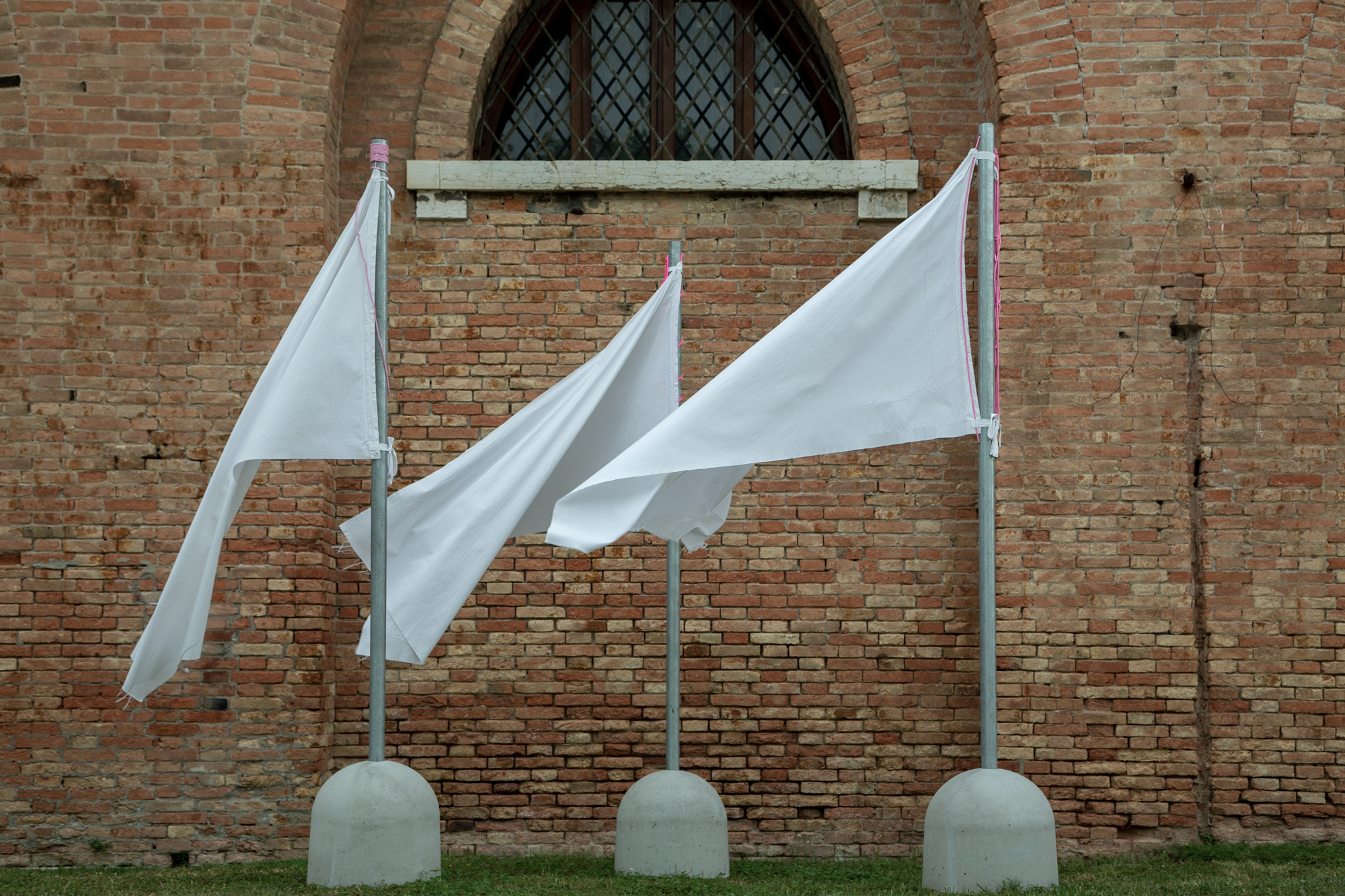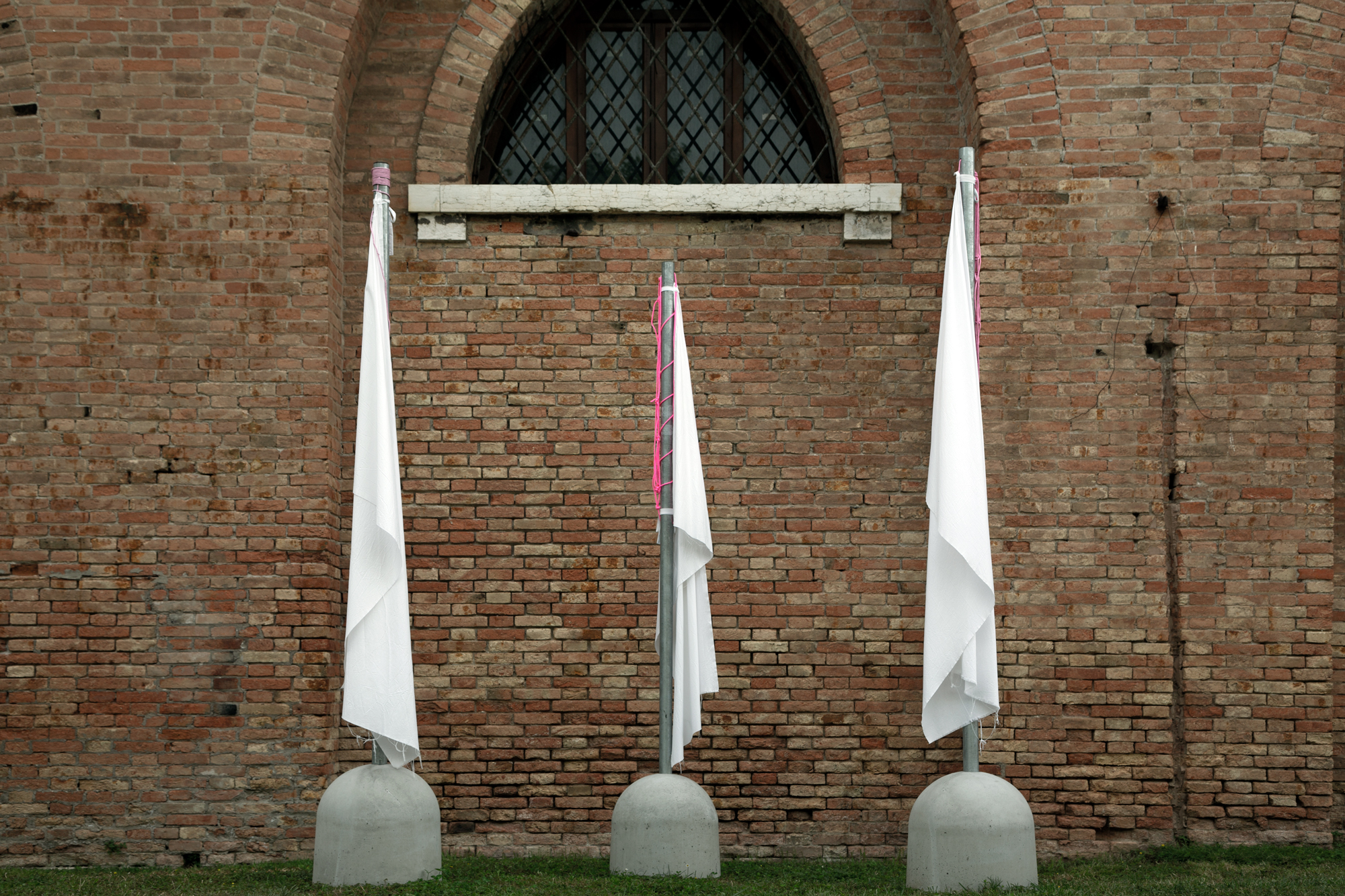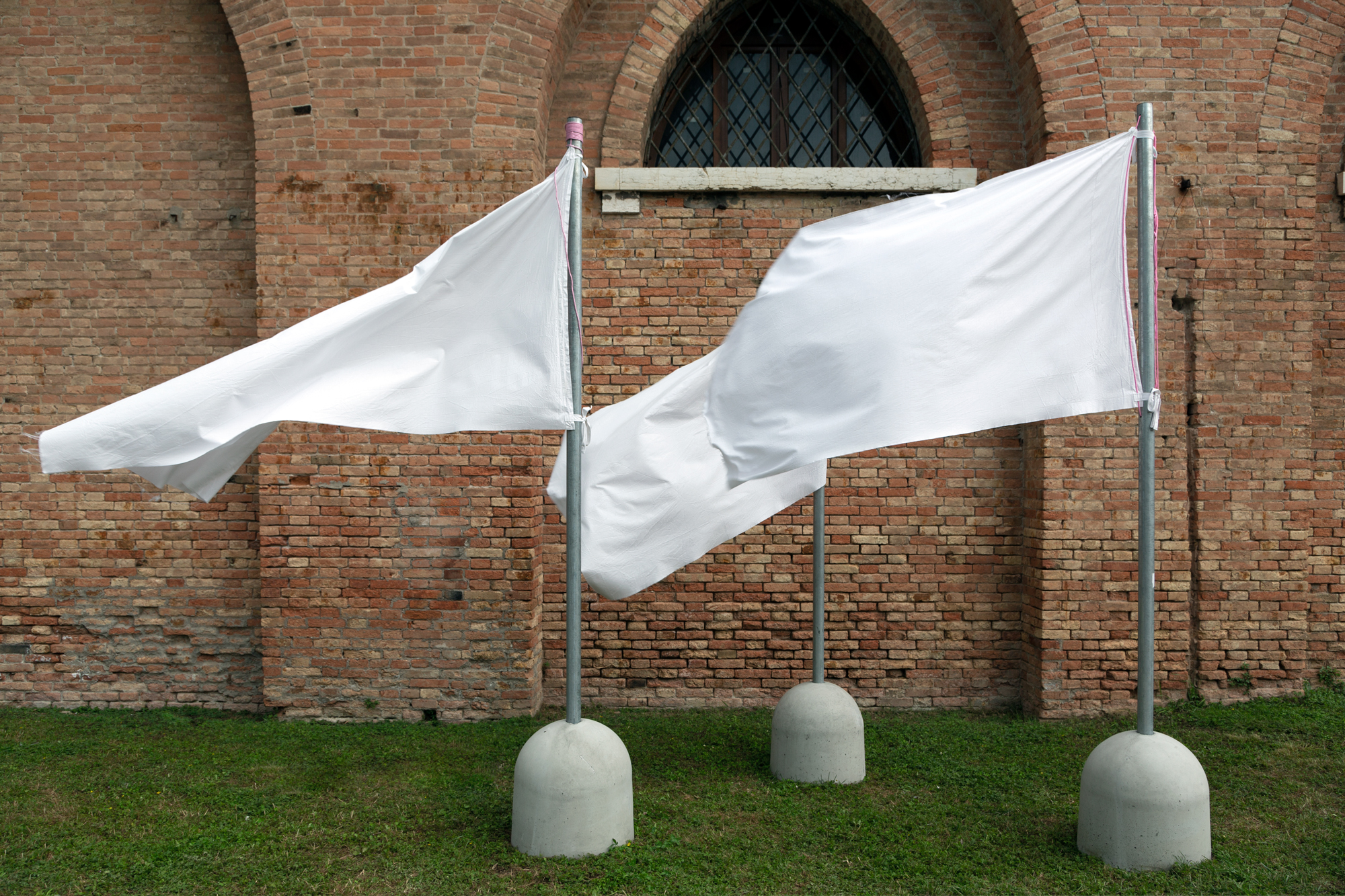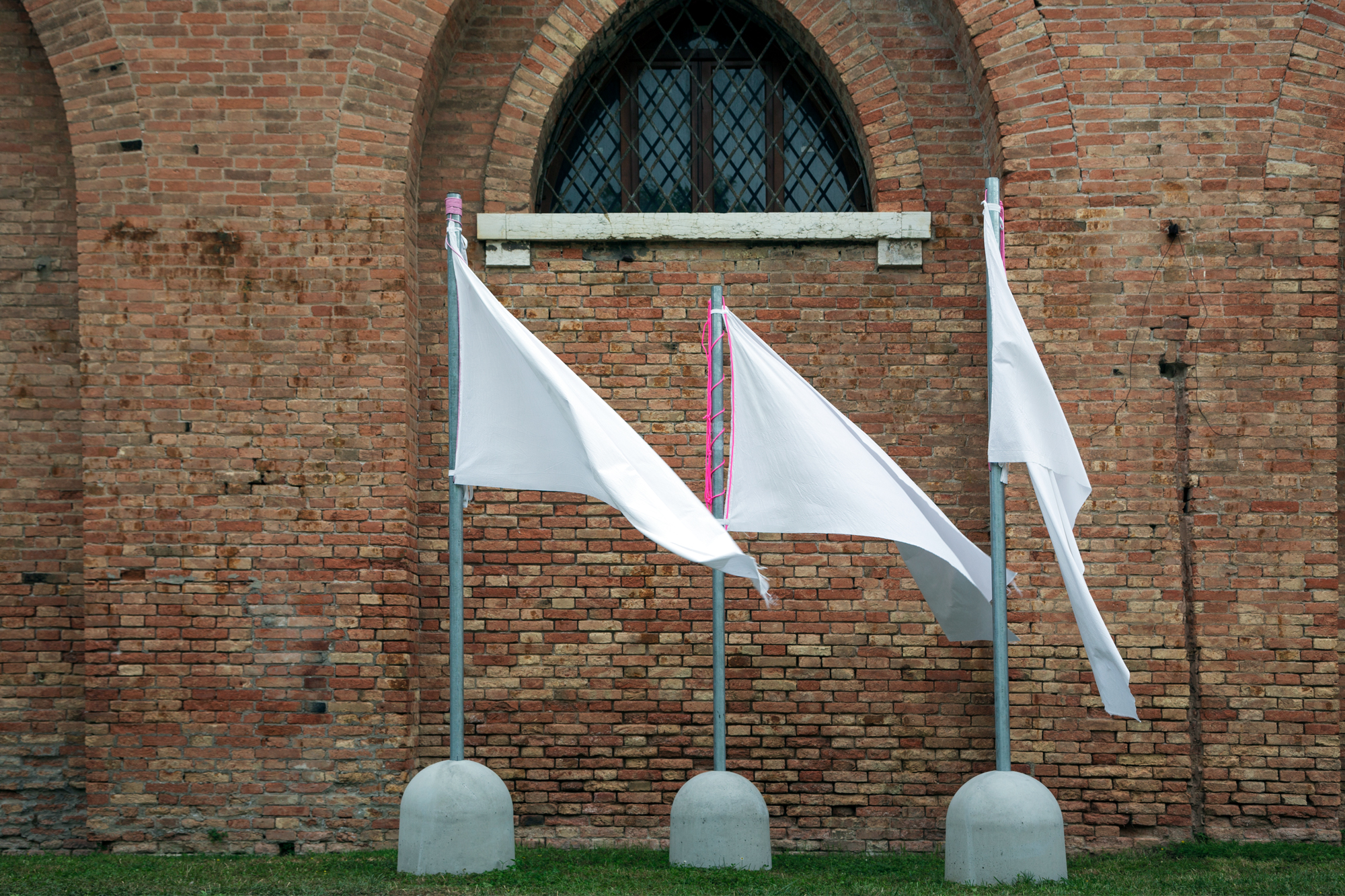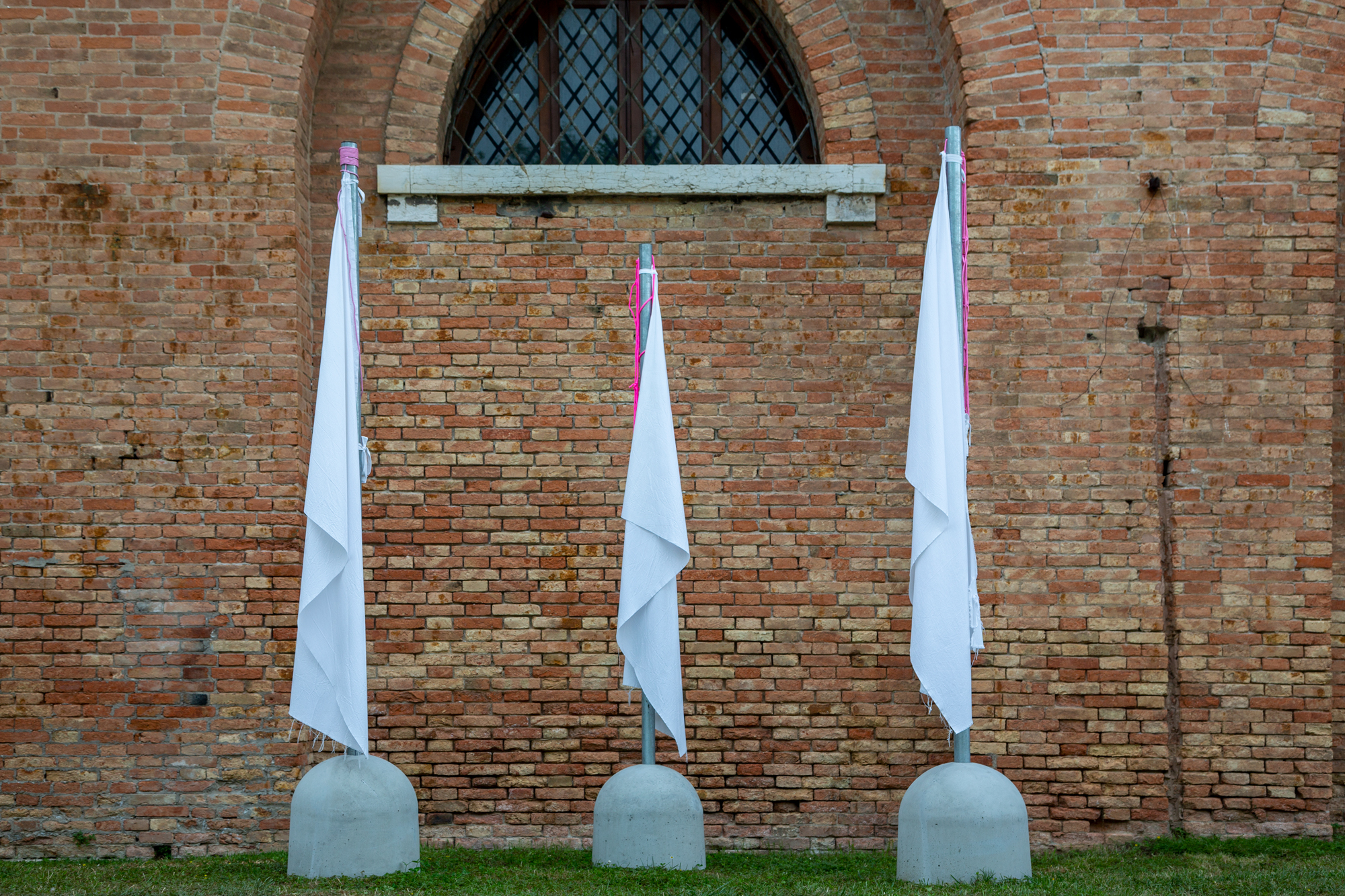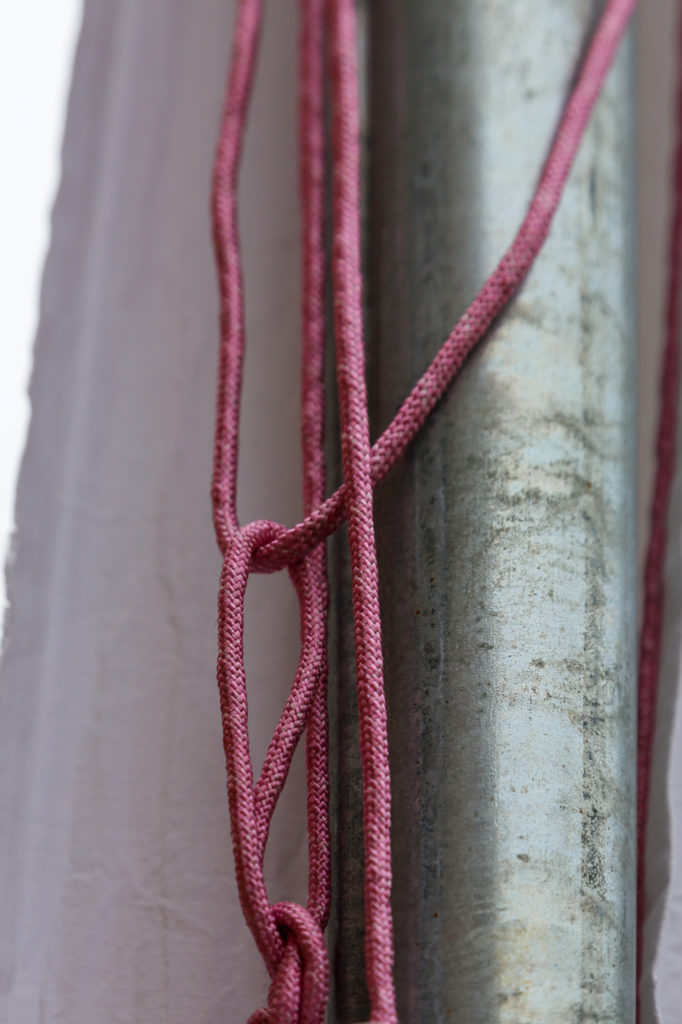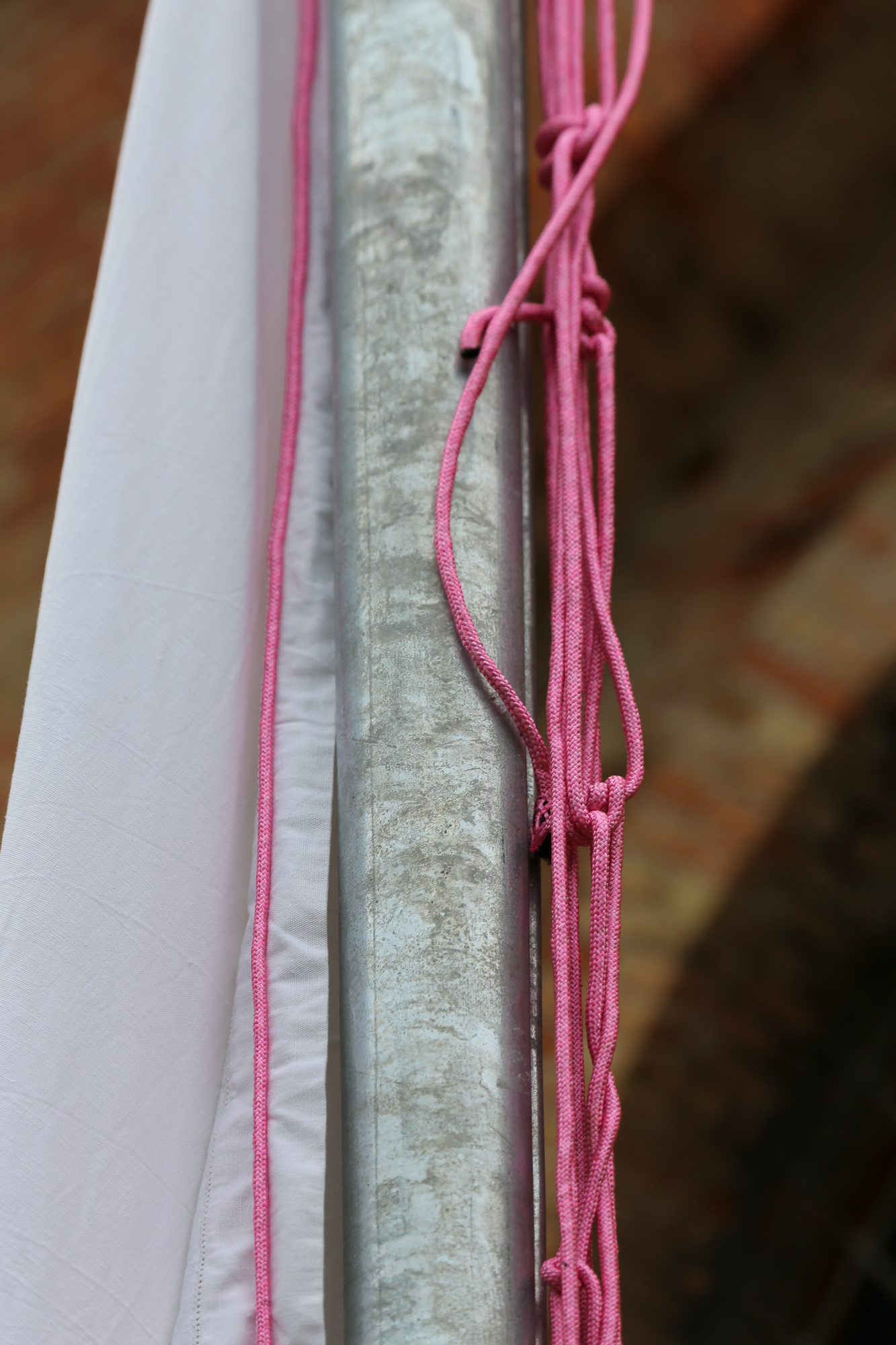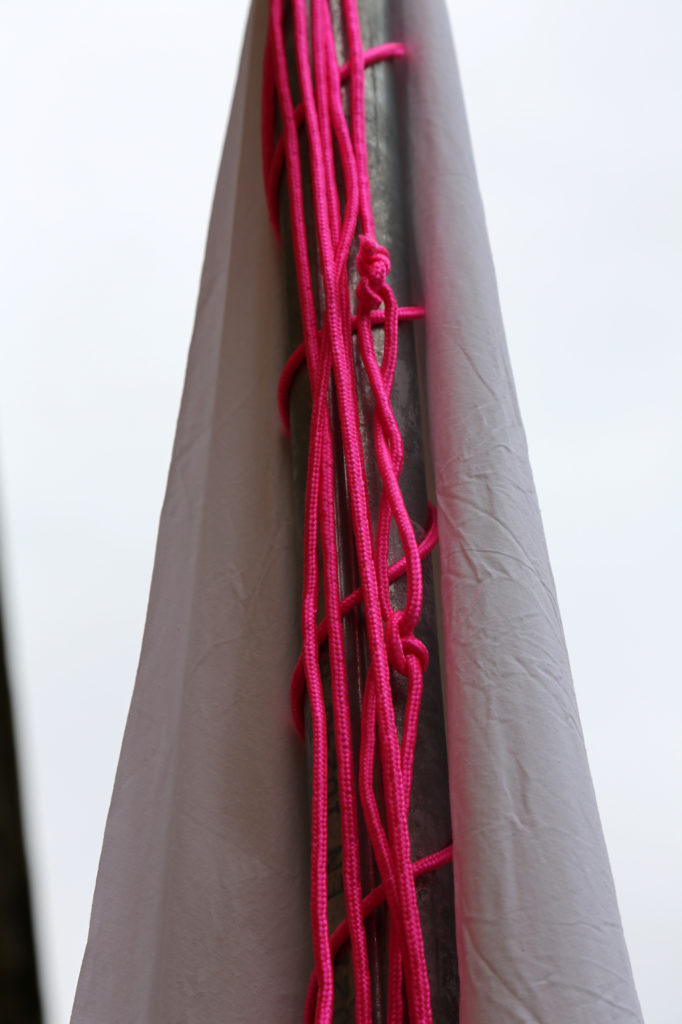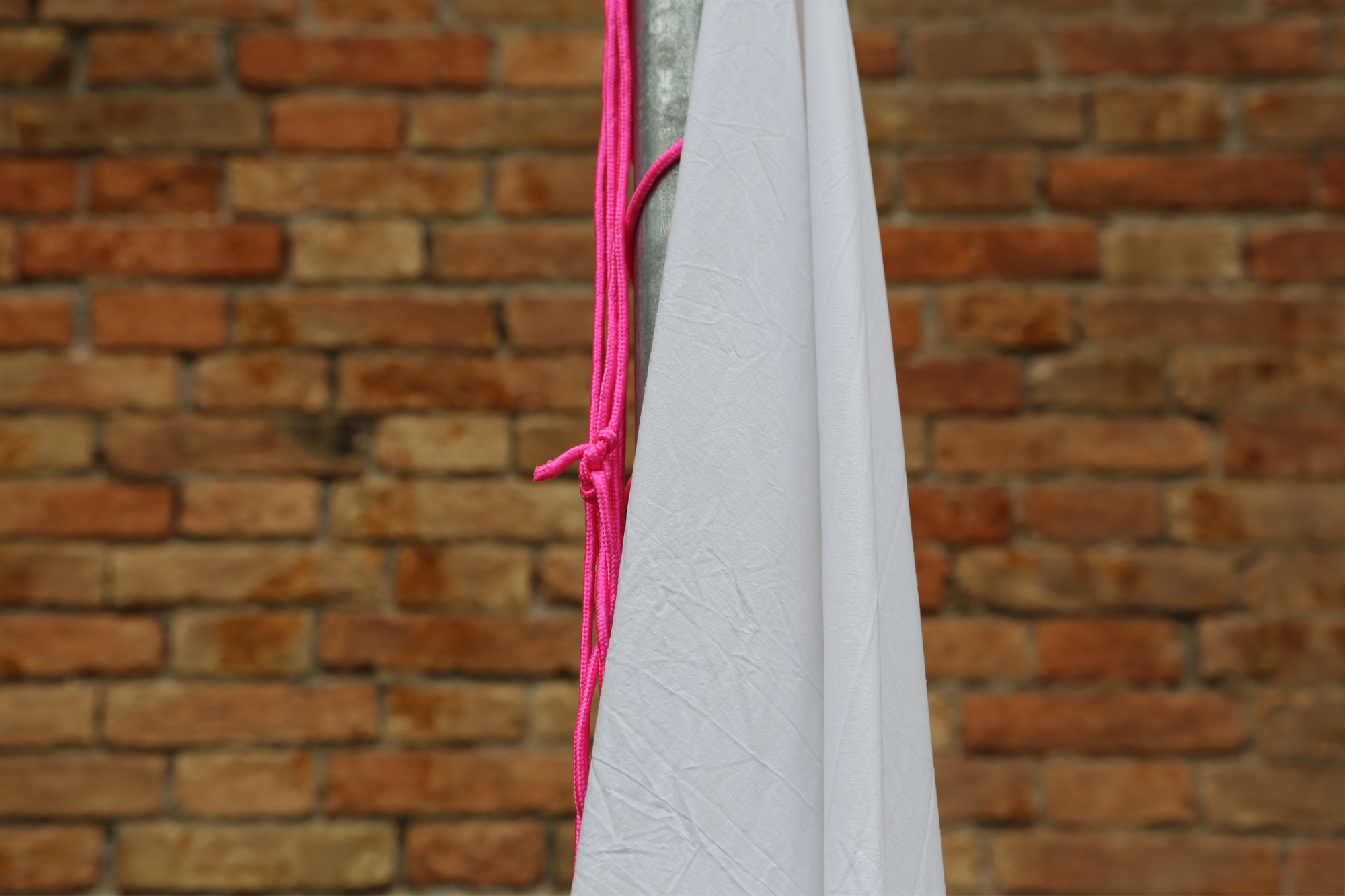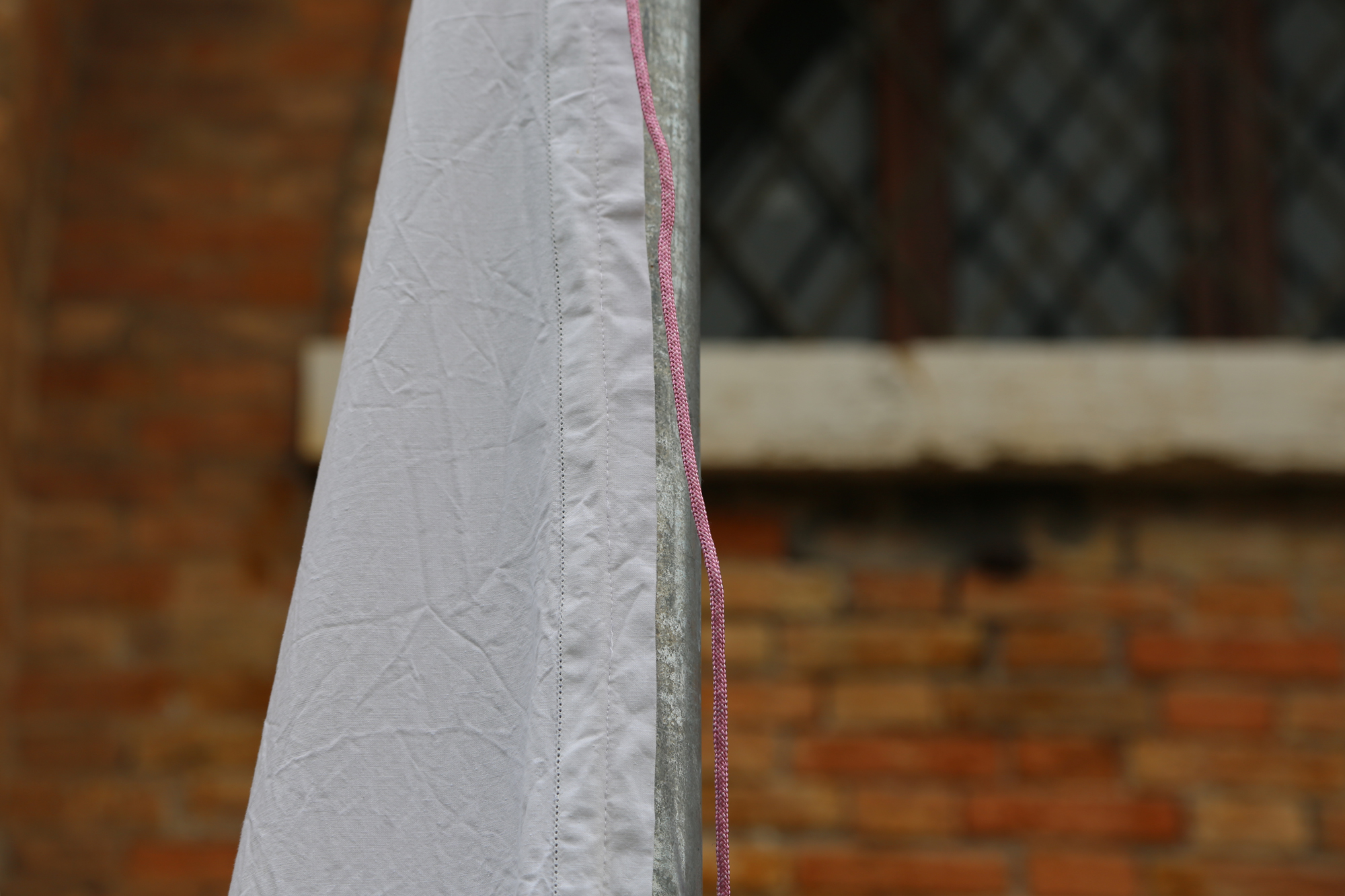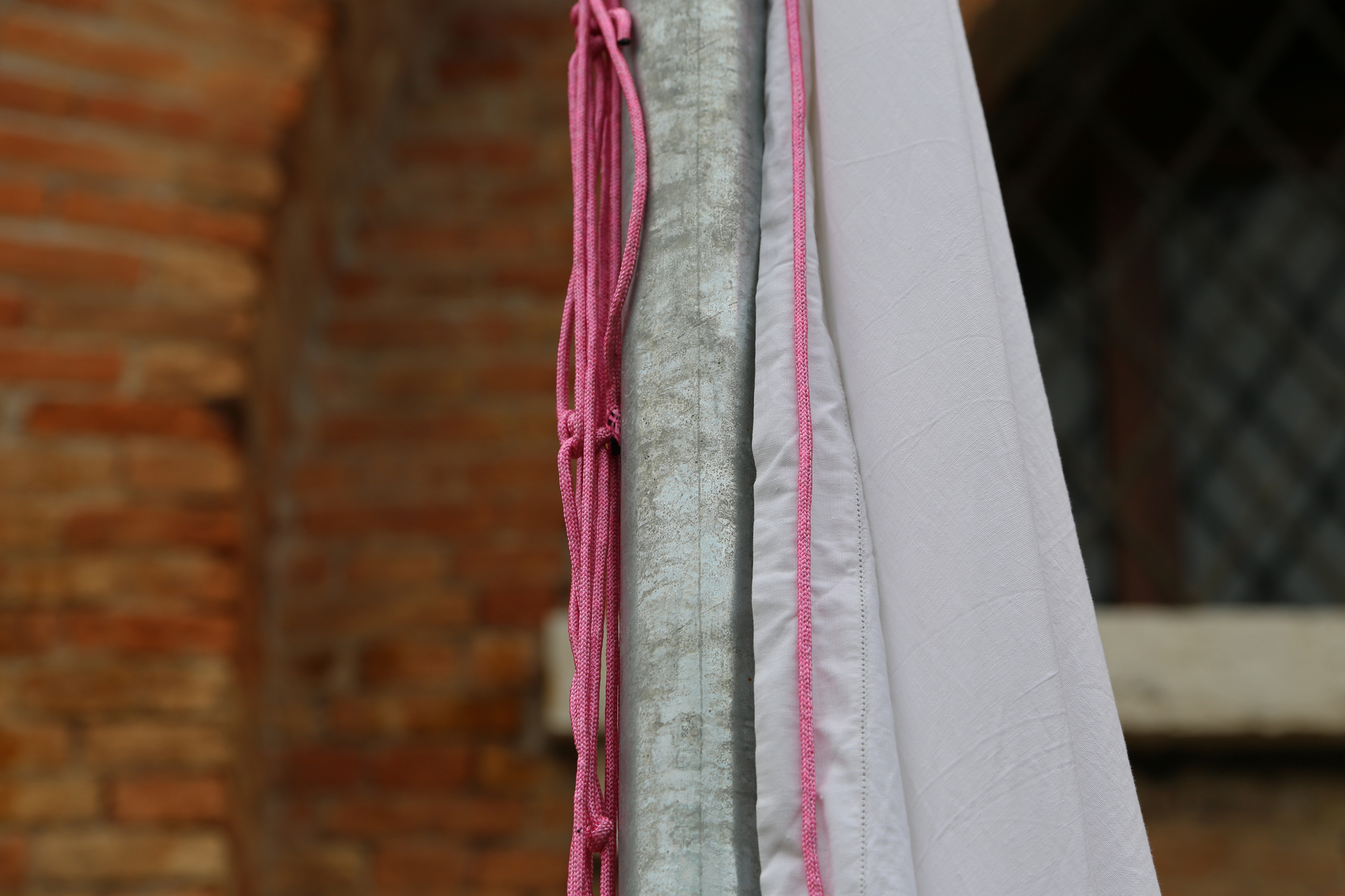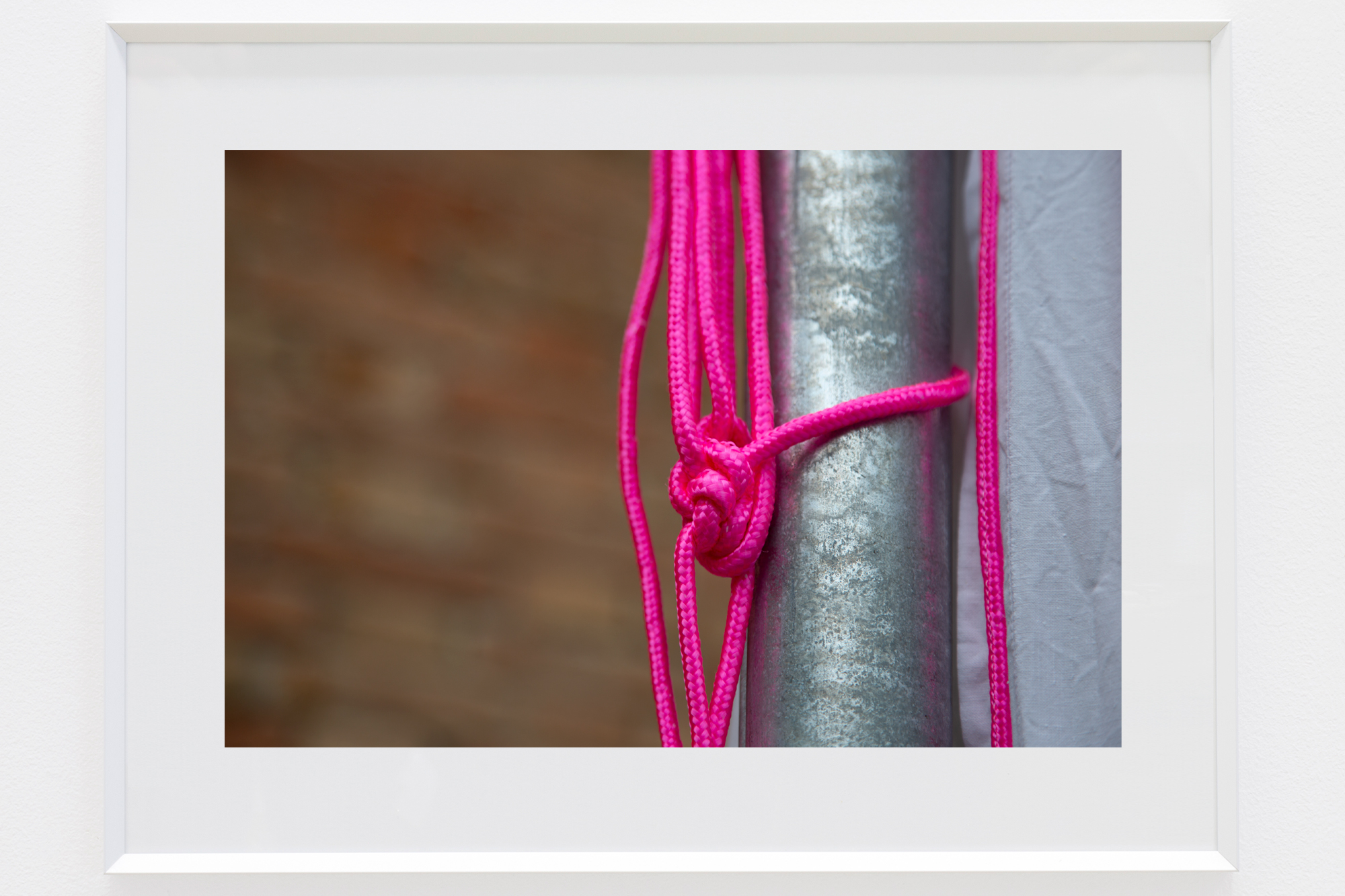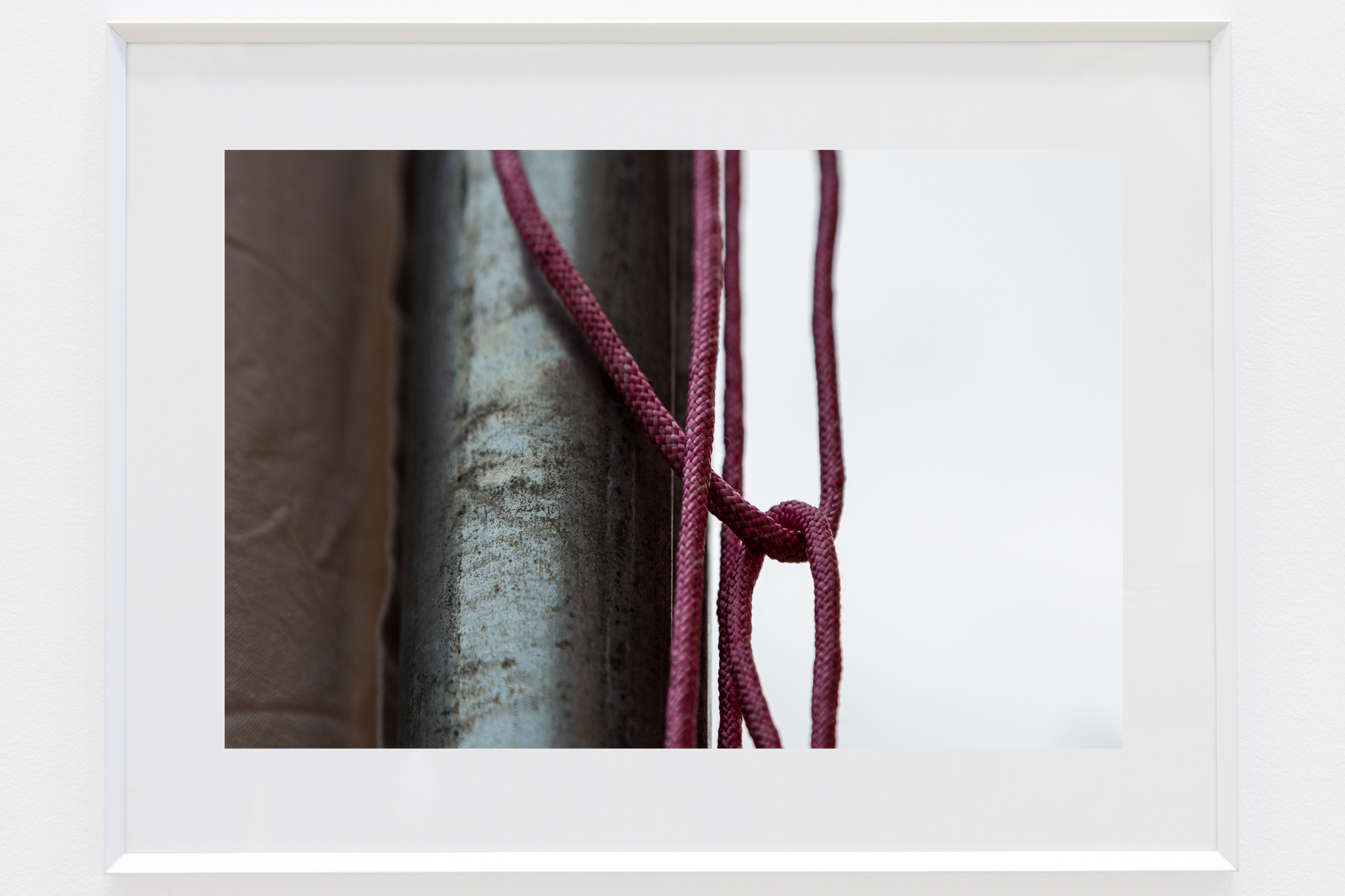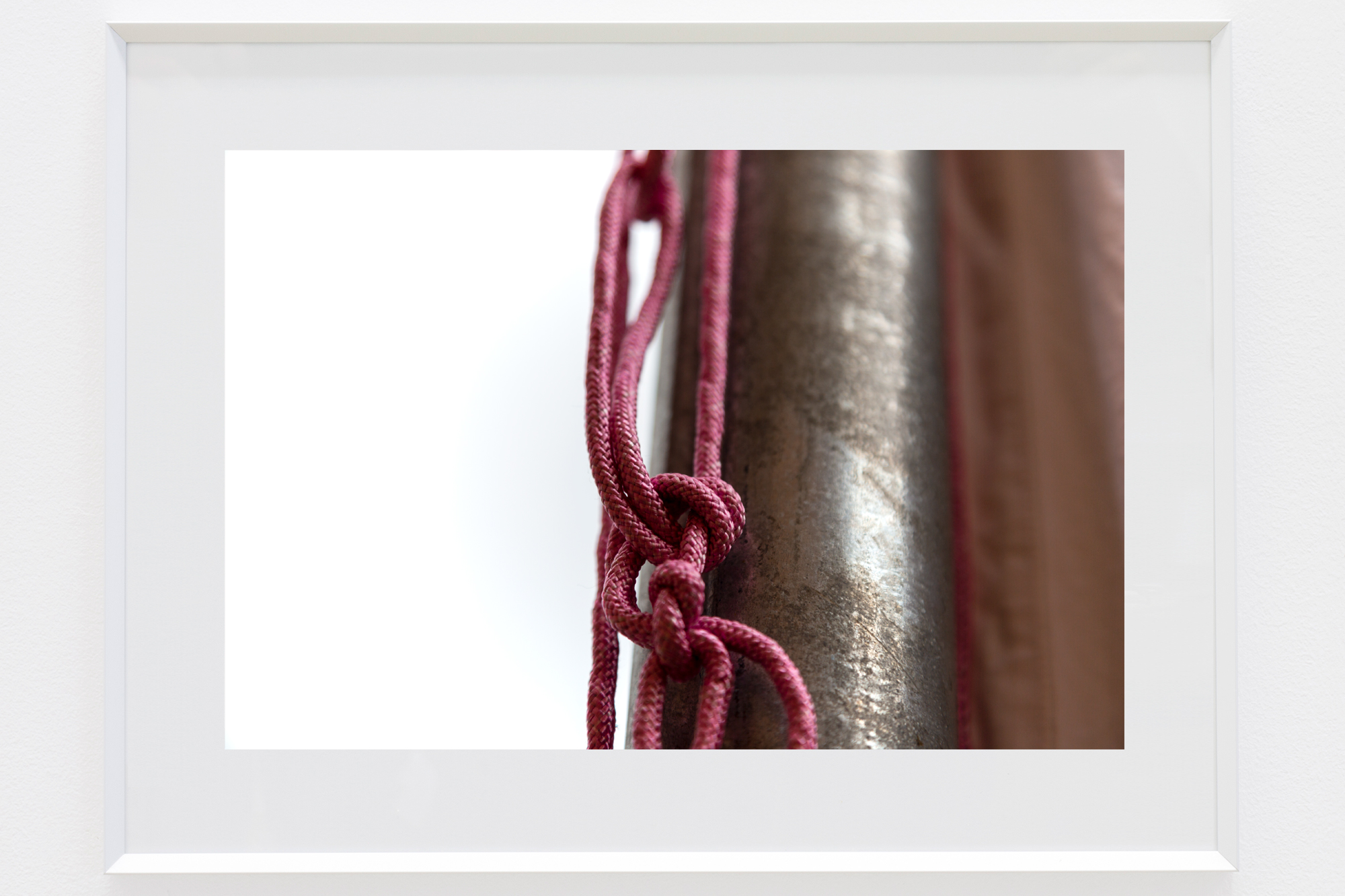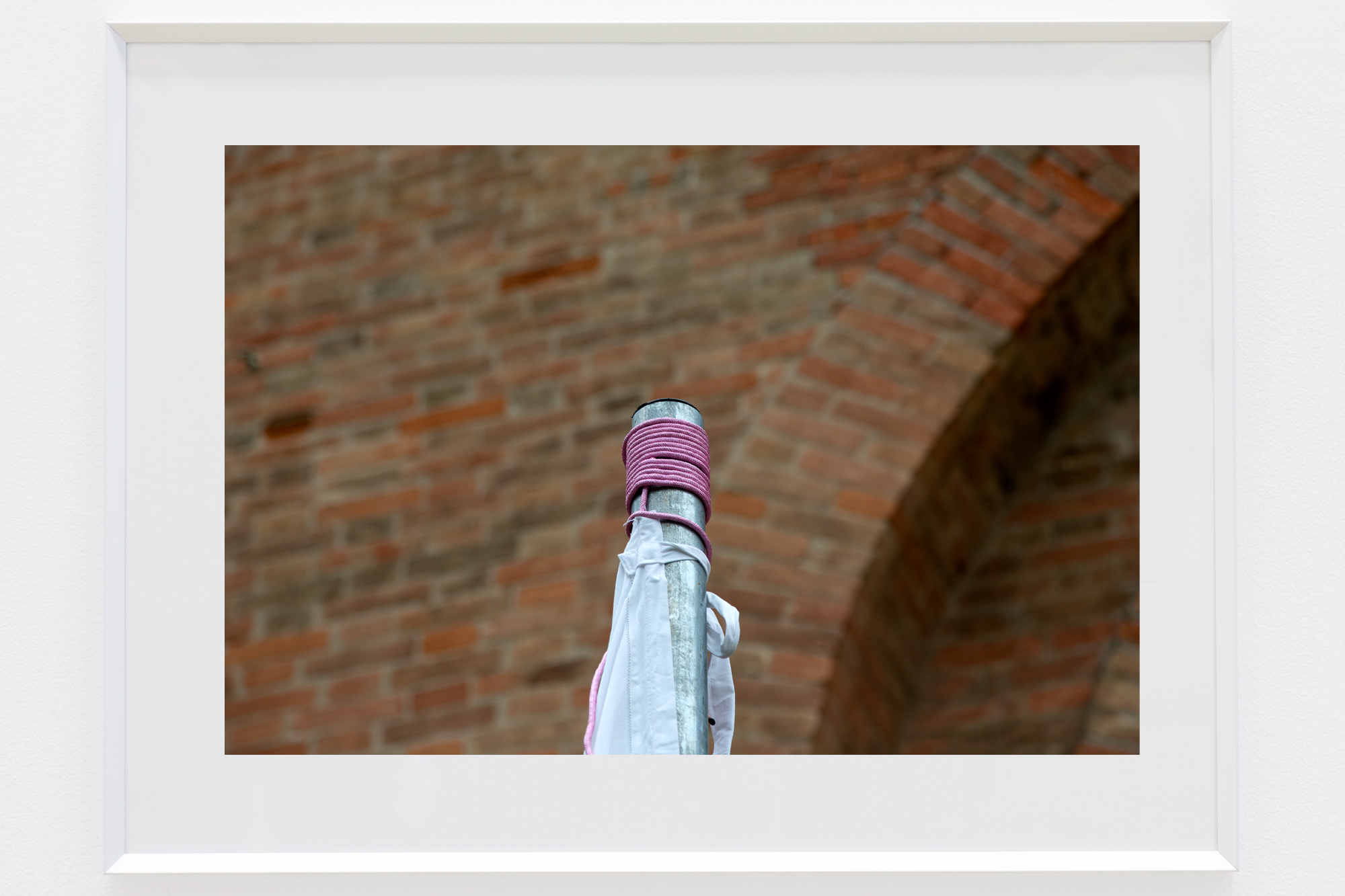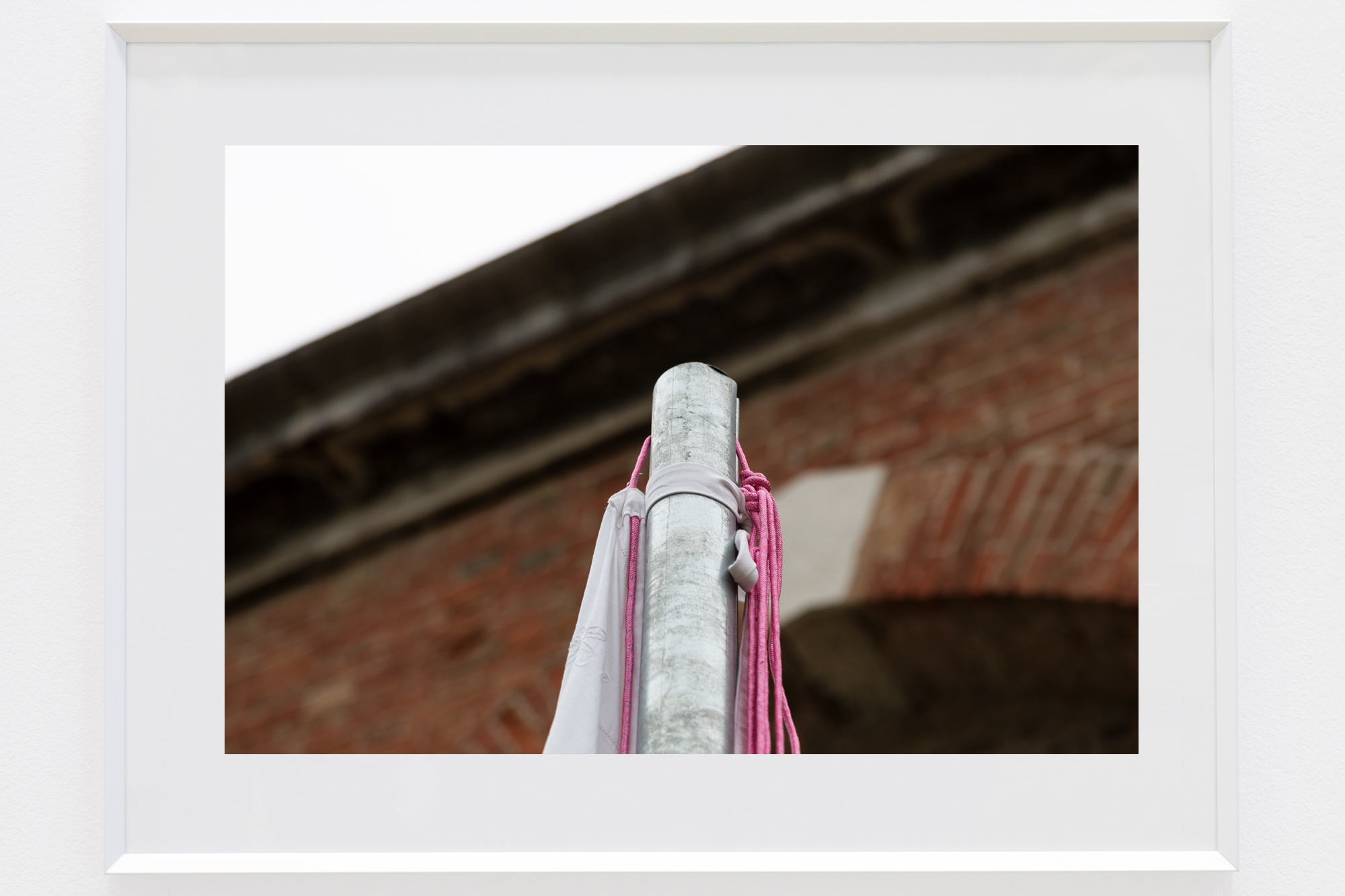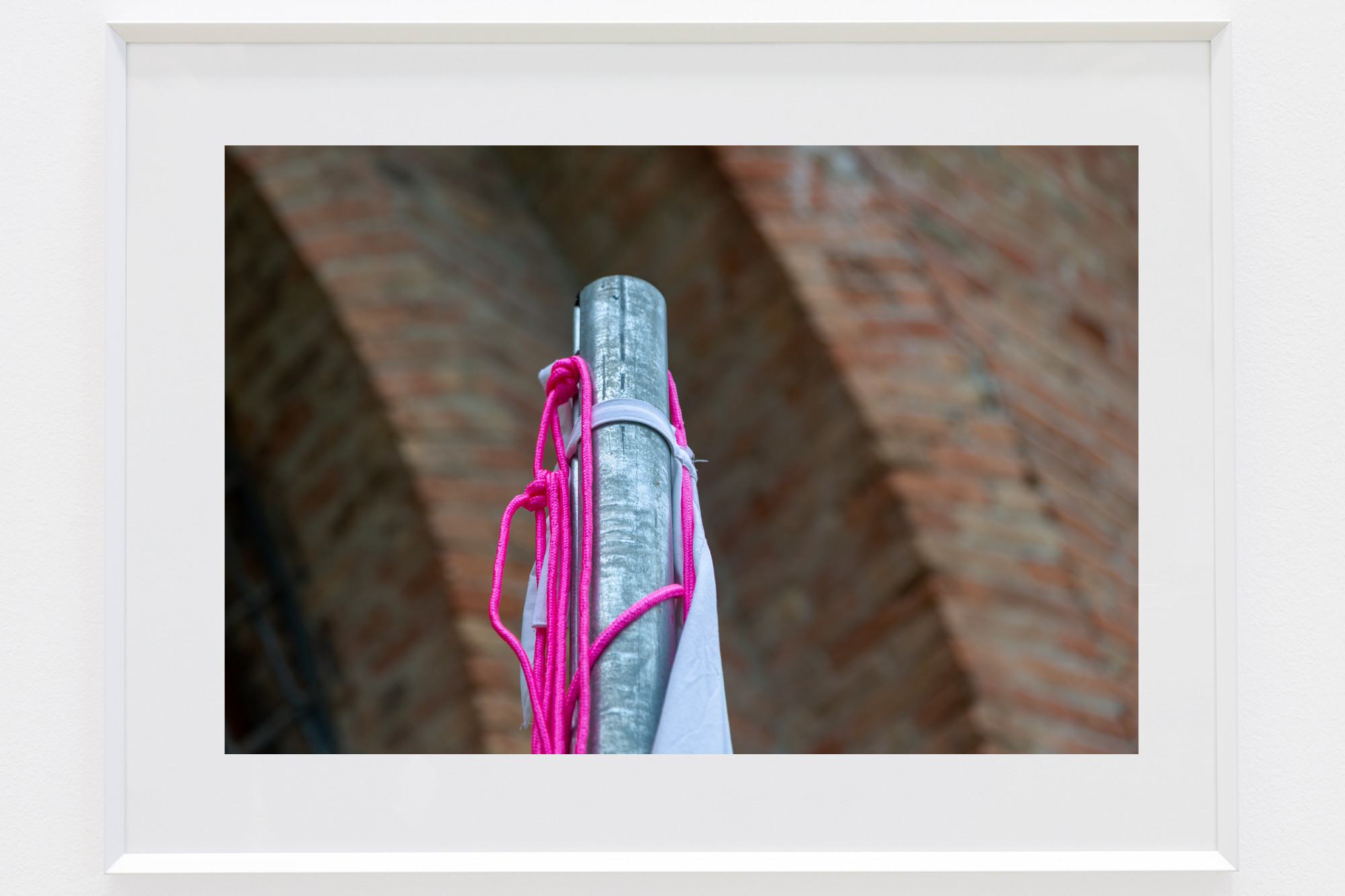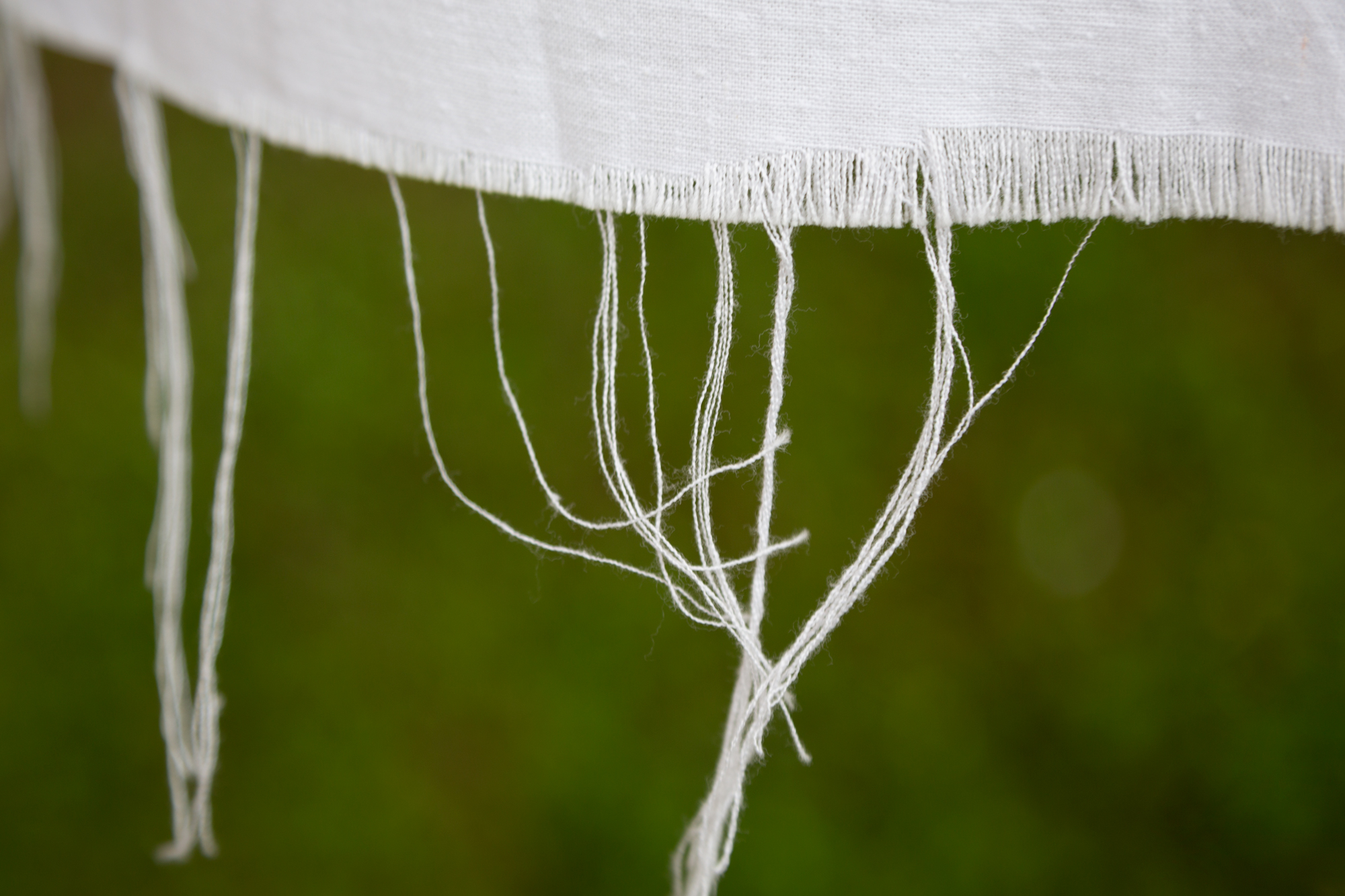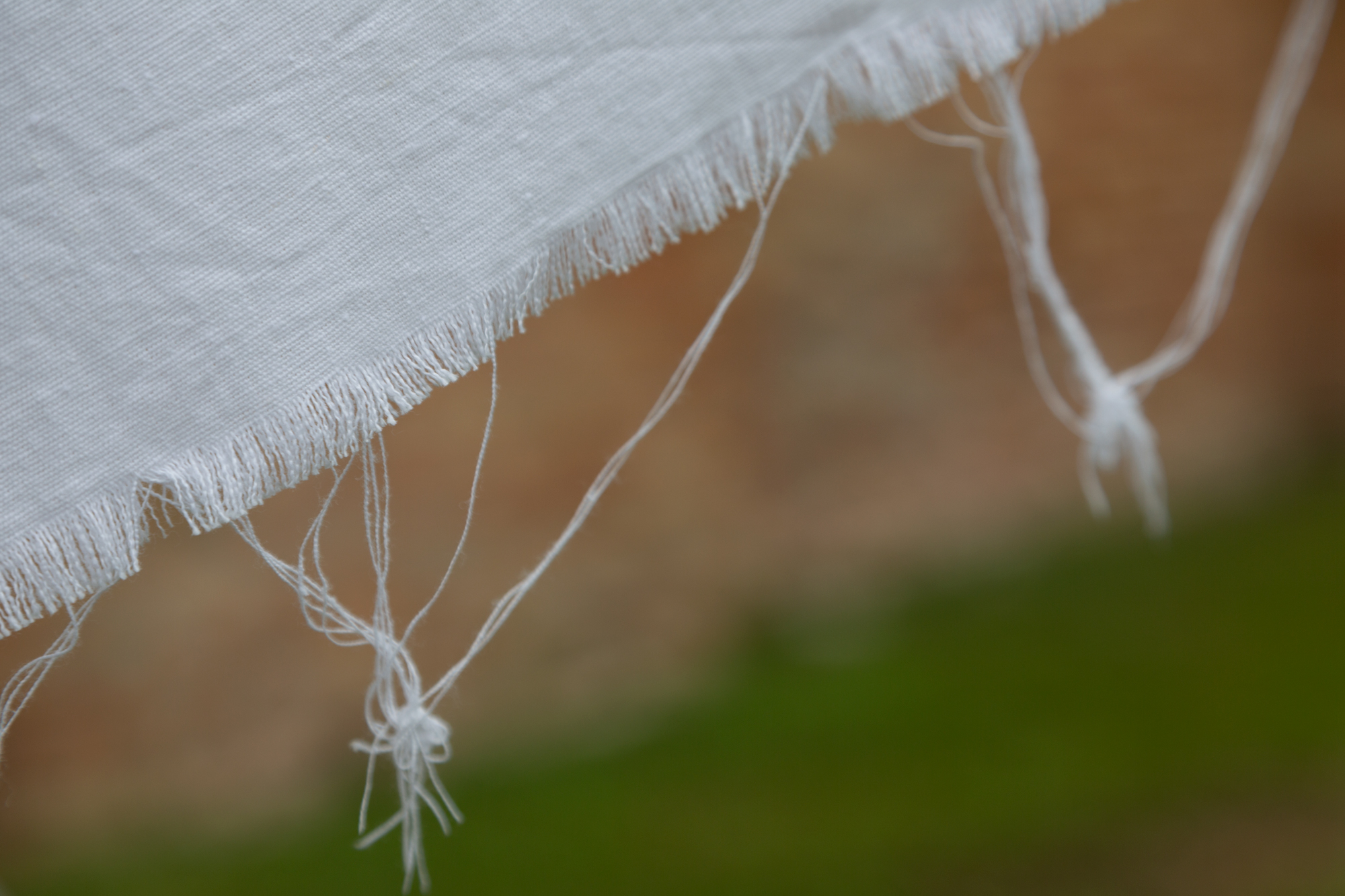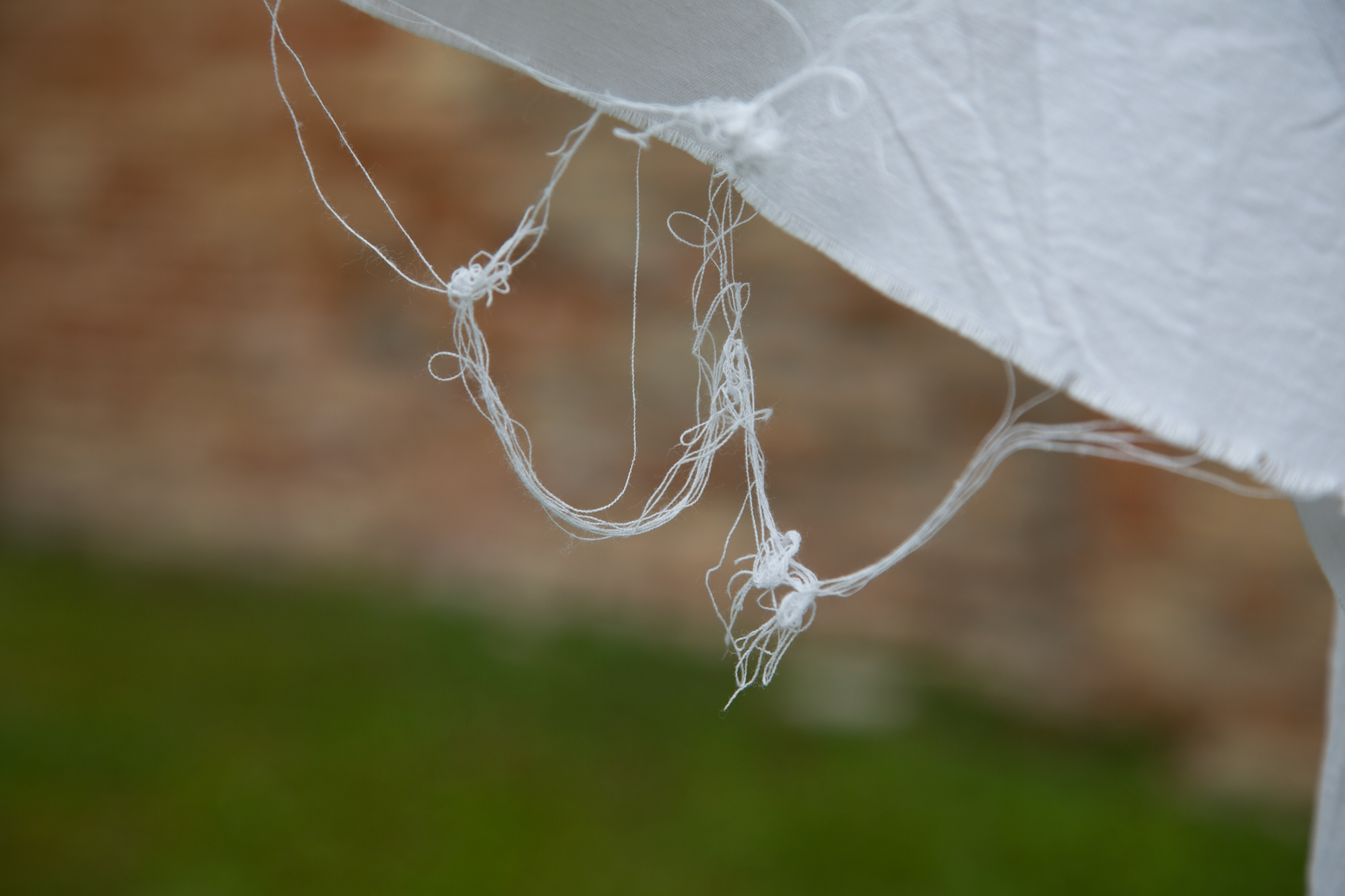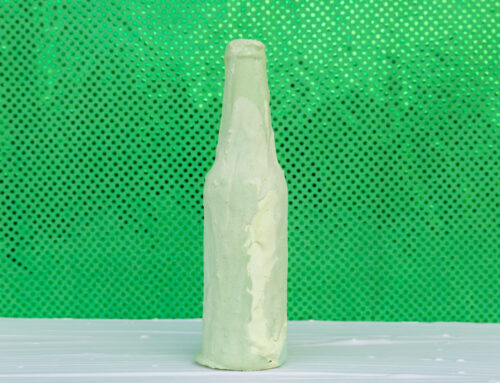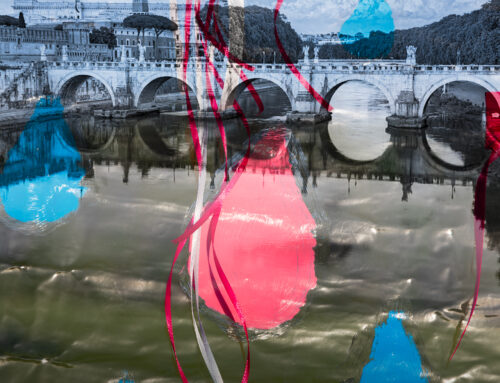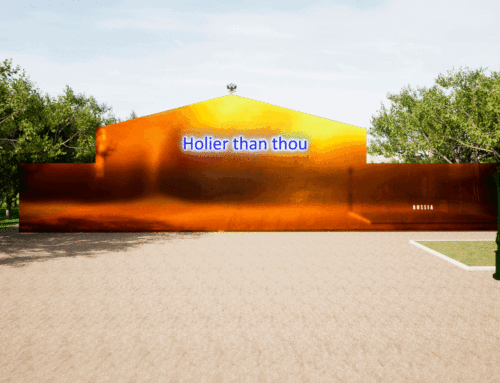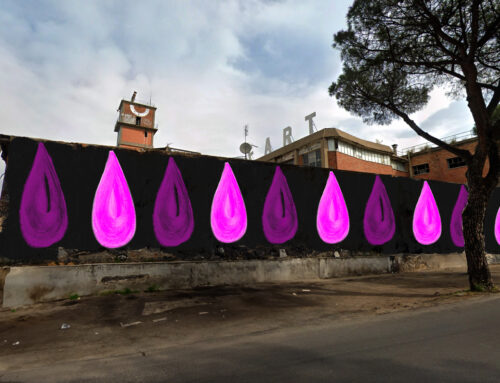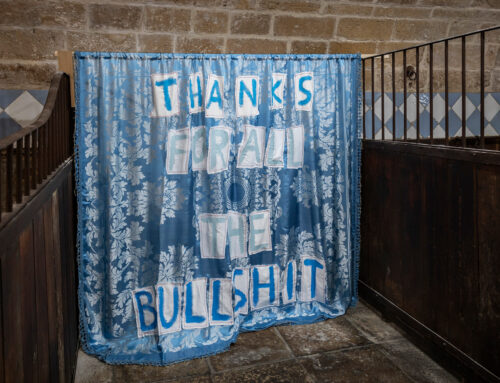“… RIDIVENTA STRACCIO, E IL PIÙ POVERO TI SVENTOLI. / … BECOME A RAG AGAIN, AND LET THE POOREST WAVE YOU.”
ALLA BANDIERA ROSSA, PIER PAOLO PASOLINI
Preferring Sinking to Surrender, Part I is one of ten sections of Lanfranco Aceti’s installation titled Preferring Sinking to Surrender which was conceived by the artist for the Italian Pavilion, Resilient Communities, curated by Alessandro Melis for the Venice Architecture Biennale, 2021. The ten sections are: Tools for Catching Clouds; Preferring Sinking to Surrender, Part I; Preferring Sinking to Surrender, Part II; Sacred Waters; Le Schiavone; Orthós; Seven Veils; Signs; Rehearsal; and The Ending of the End. These sections, singularly and collectively, create a complex narrative that responds to this year’s theme How Will We Live Together? set by Hashim Sarkis, curator of the 17th Venice Architecture Biennale.
The works of art — realized as a series of performances, installations, sculptures, video, and painting contributions — are part of the installation at the Italian Pavilion from May 21, 2021, to November 21, 2021, the opening and closing dates of the Venice Architecture Biennale.
The artist, Lanfranco Aceti, considers contemporaneity as being characterized by a series of threats that are financial, environmental, and social. The fabric of society has been visibly torn apart in the last twenty years, but the seeds of its collapse can be traced back to the neoliberal and patriarchal exploitation of our lands and their resources. At the same time, the devaluing of selfless behaviors that united people through a sense of collectiveness has given rise to a landscape of exasperated individualism. Gender, race, and class return as topical issues because what once was the contractual marriage between all citizens (or at least the majority of them) and the nation state has been abandoned in favor of a state that no longer has obligations and can no longer be held accountable. The rags return as white canvases upon which stories of betrayal, fight, and hope can be written.
The installation visually explores issues of resistance and resilience in the context of contemporary social upheavals, focusing in particular on gender as well as historical, anthropological, and matriarchal inheritances of the meaning of existence and care in communal settings. The works of art, aesthetically positioned in the traditional realm of sculpture, are used by the artist to produce a photographic and video socio-political commentary on the contradictions and dysfunctions of contemporary societies as well as the continued marginalization of those who do not neatly fit within endorsed gender stereotypes or categories. These are the people who continue to propose — despite patriarchal aggression towards collective values and resources — an idea of society that is inspired by matriarchal communal values. They hold together — in spite of or perhaps because of their being different — the meaning of a socially based existence as an alternative to capitalism. Their refusal to conform makes them objects of scorn, exclusion, and exile. Nevertheless, it is their existence within societies that has held and continues to hold together, like the pink rope in the sculptural installation, values that are necessary to respond to ever more threatening global crises.
Image Captions:
Image 1: Lanfranco Aceti, Rag and Drab, 2021. Cement, steel, ripped linen sheet, and pink clothesline. Photographic print from sculptural installation. Dimensions: 67 cm. x 100 cm.
Image 2: Lanfranco Aceti, Working Nine to Five, 2021. Cement, steel, ripped linen sheet, and pink clothesline. Photographic print from sculptural installation. Dimensions: 67 cm. x 100 cm.
Image 3: Lanfranco Aceti, Running Right, 2021. Cement, steel, ripped linen sheet, and pink clothesline. Photographic print from sculptural installation. Dimensions: 67 cm. x 100 cm.
Image 4: Lanfranco Aceti, Running Left, 2021. Cement, steel, ripped linen sheet, and pink clothesline. Photographic print from sculptural installation. Dimensions: 67 cm. x 100 cm.
Image 5: Lanfranco Aceti, After a Long Day at Work, 2021. Cement, steel, ripped linen sheet, and pink clothesline. Photographic print from sculptural installation. Dimensions: 67 cm. x 100 cm.
Image 6: Lanfranco Aceti, You Said: You Are Not a Man, 2021. Triptych. Cement, steel, ripped linen sheet, and pink clothesline. Photographic print from sculptural installation. Dimensions: 100 cm. x 67 cm.
Image 7: Lanfranco Aceti, He Said: You Are Not a Man, 2021. Triptych. Cement, steel, ripped linen sheet, and pink clothesline. Photographic print from sculptural installation. Dimensions: 100 cm. x 67 cm.
Image 8: Lanfranco Aceti, They Said: We Are Not Men, 2021. Triptych. Cement, steel, ripped linen sheet, and pink clothesline. Photographic print from sculptural installation. Dimensions: 100 cm. x 67 cm.
Image 9: Lanfranco Aceti, One Step Behind, 2021. Triptych. Cement, steel, ripped linen sheet, and pink clothesline. Photographic print from sculptural installation. Dimensions: 67 cm. x 100 cm.
Image 10: Lanfranco Aceti, Supporting Role, 2021. Triptych. Cement, steel, ripped linen sheet, and pink clothesline. Photographic print from sculptural installation. Dimensions: 67 cm. x 100 cm.
Image 11: Lanfranco Aceti, Heavy Lifter, 2021. Triptych. Cement, steel, ripped linen sheet, and pink clothesline. Photographic print from sculptural installation. Dimensions: 67 cm. x 100 cm.
Image 12: Lanfranco Aceti, Knotted, 2021. Triptych. Cement, steel, ripped linen sheet, and pink clothesline. Photographic print from sculptural installation. Dimensions: 67 cm. x 100 cm.
Image 13: Lanfranco Aceti, Lopsided, 2021. Triptych. Cement, steel, ripped linen sheet, and pink clothesline. Photographic print from sculptural installation. Dimensions: 67 cm. x 100 cm.
Image 14: Lanfranco Aceti, Twisted, 2021. Triptych. Cement, steel, ripped linen sheet, and pink clothesline. Photographic print. Photographic print from sculptural installation. Dimensions: 67 cm. x 100 cm.
Image 15: Lanfranco Aceti, Insistence, 2021. Triptych. Cement, steel, ripped linen sheet, and pink clothesline. Photographic print. Photographic print from sculptural installation. Dimensions: 67 cm. x 100 cm.
Image 16: Lanfranco Aceti, Persistence, 2021. Triptych. Cement, steel, ripped linen sheet, and pink clothesline. Photographic print from sculptural installation. Dimensions: 67 cm. x 100 cm.
Image 17: Lanfranco Aceti, Resistance, 2021. Triptych. Cement, steel, ripped linen sheet, and pink clothesline. Photographic print from sculptural installation. Dimensions: 67 cm. x 100 cm.
Image 18: Lanfranco Aceti, Fringe Group I, 2021. Triptych. Cement, steel, ripped linen sheet, and pink clothesline. Photographic print from sculptural installation. Dimensions: 67 cm. x 100 cm.
Image 19: Lanfranco Aceti, Fringe Group II, 2021. Triptych. Cement, steel, ripped linen sheet, and pink clothesline. Photographic print from sculptural installation. Dimensions: 67 cm. x 100 cm.
Image 20: Lanfranco Aceti, Fringe Group III, 2021. Triptych. Cement, steel, ripped linen sheet, and pink clothesline. Photographic print from sculptural installation. Dimensions: 67 cm. x 100 cm.

